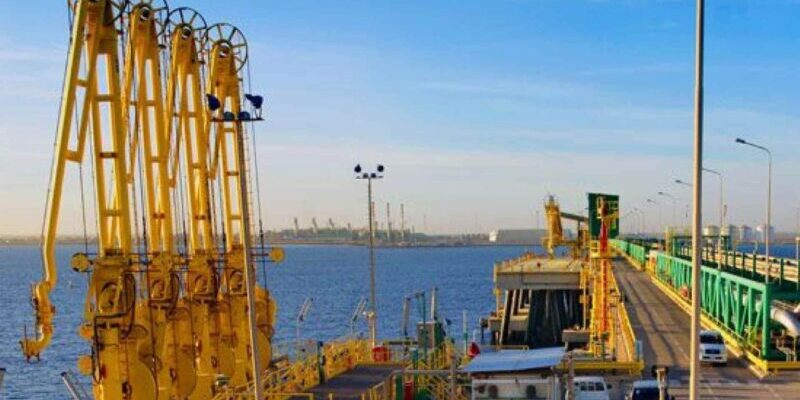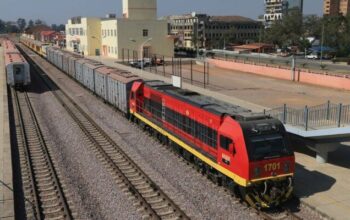Libya’s National Oil Corporation (NOC) has been vocal about its intent to decarbonize energy sector activities. Emphasizing the reduction of gas flaring, the country aims to achieve net-zero emissions by 2030, supported by several initiatives led by Libya’s leading operators.
By creating economic pathways to gas monetization, particularly for marginal fields in which gas flaring is a common practice, producers can capture more value from their resources, while eliminating a significant source of greenhouse gas emissions. Below are five noteworthy gas flaring reduction projects to watch.
Akakus Oil Operations: NC-186 block
Akakus Oil Operations is leading an initiative to utilize flare gas from its NC-186 block and direct it to the El Feel field to generate electricity.
Located in the Murzuq Basin, the field has faced power outages and intermittent shutdowns due to supply issues.
Replacing crude oil as the fuel source, the project aims to tap into six million cubic feet of gas, with an expected annual economic benefit of $20.8 million.
With completion anticipated by Q2 2024, the initiative not only addresses Libya’s ongoing power challenges, but also aligns with sustainable energy practices.
Mellitah Oil & Gas: Abu Attifel
Mellitah Oil & Gas, a joint venture between NOC and Eni, is committed to curbing flare gas emissions at its Abu Attifel onshore field.
With estimated daily emissions of 13.25 million cubic feet, the initiative involves redirecting the associated gas to an on-site refinery for processing and economic use.
This strategic move is anticipated to yield an annual economic value of $45 million, with completion also scheduled for Q2 2024.
Arabian Gulf Oil Company: Mesla
The Arabian Gulf Oil Company has reactivated a dormant well on the Mesla field after 22 years. In an effort to reduce carbon emissions and halt gas flaring, the company aims to redirect gas to Libya’s Great Man-Made River for electricity generation, and has already completed 95% of the project.
The Man-Made River, the world’s largest irrigation project, utilizes a network of pipes to supply fresh water from the Nubian Sandstone Aquifer System across Libya.
To accomplish this, $5.4 million is needed for project completion and contractor payments, with an anticipated daily reduction of 27 million cubic feet in gas flaring.
Waha Oil Company: Al Samah
Waha Oil Company (WOC) is actively involved in a gas-gathering initiative within the Al Samah onshore field, aiming to reduce daily gas emissions by 4.5 million cubic feet.
The project is strategically positioned and establishes a connection through a pipeline network to the Waha field, which is the operator’s most productive asset.
WOC plans to leverage associated gas from several fields, with the goal of processing for both internal use and export. Currently in the engineering phase, the project is scheduled for completion in Q4 2025.
Mabruk Oil Operations: Al Jurf
Mabruk Oil Company, a joint venture between NOC and TotalEnergies, is actively addressing gas flaring concerns in the Al Jurf offshore field.
The company’s primary objective is to curtail the release of 50 million cubic feet of gas on a daily basis. Various utilization possibilities are being explored, including injection into reservoirs, transformation into liquid form or export through maritime facilities to Mellitah Oil & Gas. Execution of the project is slated for 2028.
![]()




